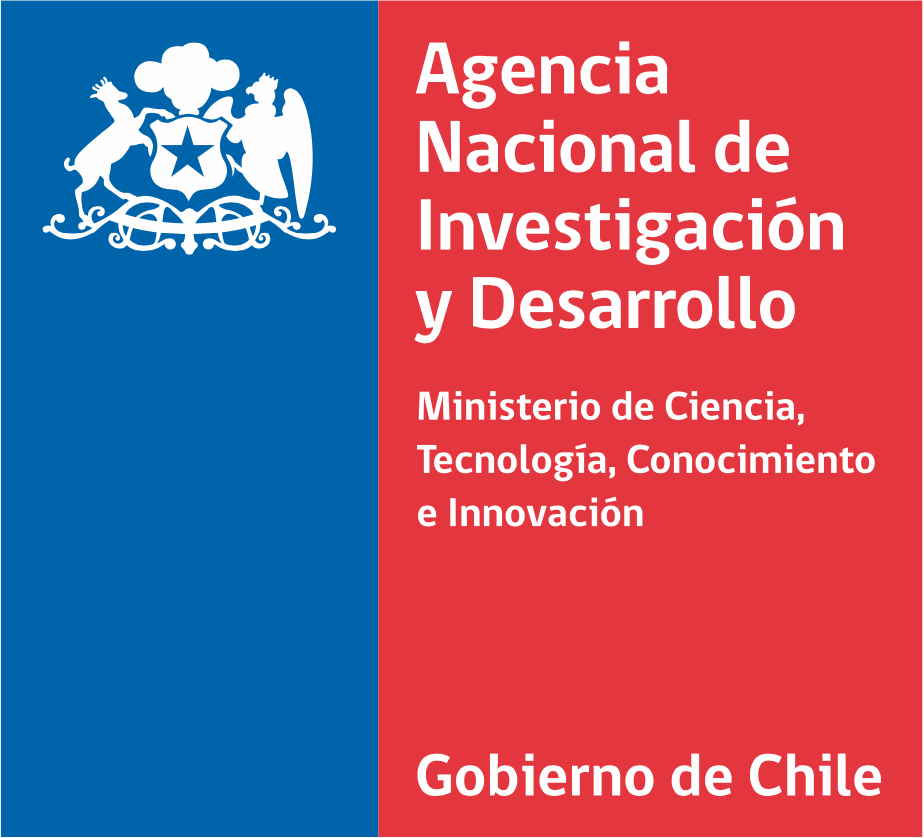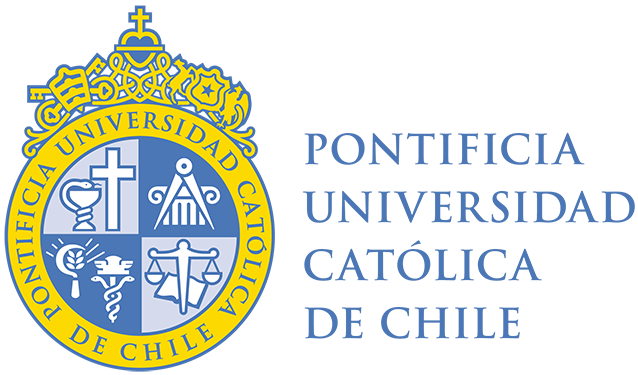#Research #CognitiveScience #EducationalPsychology
Title
Developmental course of mapping between numbers and numerosities throughout preschool and its relation to arithmetic skills in first grade from a longitudinal approach: effect of a specific instruction
Abstract
Mamals, as other species, are biologically endowed with the capacity to represent and process quantities approximately, as a result of survival and competitive evolution. Human been, along its own evolution, has created culturally symbols to deal with this approximate system: the number system, which includes Arabic symbols and verbal number labels. During the first years of formal education we are able to learn the symbolic system what allows us to represent exact quantities. Developmental cognitive psychology has turned its focus to the study of how young children acquire symbols and how they map these symbols onto preverbal approximate representations of quantities. Two main proposals have been stated to explain this. First, approximate number system would underlie the acquisition of symbolic system (Butterworth, 2005; Dehaene, 1997; Izard & Dehaene, 2008; Leslie, Gallistel & Gelman, 2007), what would explain distance effect (incremented reaction times and decremented accuracy when comparing closed quantities than separated quantities) and size effect (incremented reaction times and decremented accuracy when comparing large quantities than small quantities) found on symbolic and non-symbolic comparison tasks. This proposal states that the symbolic system depends on the approximate preverbal system, as it will be sufficient to generate natural-number concepts. The second proposal states that symbolic exact representations, as a cultural tool, are formed independent of the approximate system (Carey, 2004; 2009; 2011; Le Corre & Carey, 2007; Merkley & Ansari, 2016; Sarnecka, 2015). This proposal states, in fact, that symbolic system arises spontaneously during number development, and later on, the mapping between approximate numerosities and exact numbers is stablished. In line with this hypothesis, some studies have pointed that there should be a transfer of exactness from the symbolic system to the approximate system during this mapping process (Le Corre y Carey, 2007; Matejko & Ansari, 2016; Mejías y Schiltz, 2013). Nowadays, developmental researchers seem to be turning to the second proposal, as their results tend to agree with their statements (Merkley & Ansari, 2016; Sarnecka, 2015). Moreover, researchers have focused on how these representational systems and their mapping process are related with later arithmetical skills, and their results have shown a stronger prediction of symbolic processing on arithmetic than non-symbolic processing (Matejko & Ansari, 2016; Mussolin, Nys, Leybaert & Content, 2016; Schneider, et al., 2016). This has leaded to conclude that specific instruction on numerical symbolic learning and an early mapping between both systems would show benefits on arithmetical development (Merkley & Ansari, 2016; Sarnecka, 2015; Wang, Odic, Halberda & Feigenson, 2016). A wide corpus of research points that cardinality, identification and ordinality would be the key components of a beneficial instruction on mapping of symbols and approximate representations, but there is a lack of causal, longitudinal and instructional research demonstrating its benefits (Merkley & Ansari, 2016; Sarnecka, 2015), while our school teachers spend long periods and efforts teaching children the numbers and arithmetical basis.
This research will conduct a three-year longitudinal research, from first year of preschool (4 years old) to first grade of formal schooling (6 years old). This methodological approach includes 2 assessing moments each year (beginning and end points) and a specific symbolic instruction during second year of preschool. Multimedia batteries for assessing number processing will be designed and implemented. First objective will be testing the developmental course of numerical symbols acquisition and their mapping onto approximate system. Second, this research will serve to study the effect of a specific numerical symbolic instruction on arithmetic learning. This will allow to test longitudinally the mapping process among both representational systems, and if a transfer of exactness from symbols to semantic representations is present during the mapping process.
Keywords: numerical cognition; number-numerosity mappings; early number skill; number training
Principal Investigator: Dr. Christian Peake
Collaborators: Dr. Daniel Ansari (UWO, Canada); Dr. Jo-Anne Lefevre (Carleton U., Canada); Dr. Rebecca Merkley (Carleton U., Canada); Dr. María Inés Susperreguy (PUC, Chile)
Postgraduate researchers: MsC Carolina Briones; MsC Karina Morales.

Project reference: FONDECYT de Iniciación 11180944
Acronym: NumberMapDev
Period: 2018-2021
Funding administration: FONDECYT de Iniciación, ANID, Ministry of Science, Chile
Place: Concepción, Chile
Funds: 54.488.000 CLPs [71.250 €]
Registrations:

Open Science Framework
More info: osf.io/yf2dx/

ResearchGate
More info: here.
Derived publications
Peake, C., Alarcón, V., Herrera, V. y Morales, K. (2021). Desarrollo de la habilidad numérica inicial: aportes desde la psicología cognitiva a la educación matemática inicial. Revista Latinoamericana de Investigación en Matemática Educativa – RELIME, 24(2), 177-206. DOI: 10.12802/relime.21.2433
(Open Access, Language: ES)
[Download PDF, ResearchGate, BibTex reference, MyBlog]
Collaborators

María Inés Susperreguy, PhD
Pontificia Universidad Católica, Santiago, Chile

Jo-Anne LeFevre, PhD
Rebecca Merkley, PhD
Carleton University, Ottawa, Canada

Daniel Ansari, PhD
Western University, Toronto, Canada
How to cite:
Peake, C. (2020, May 26). Developmental course of mapping between numbers and numerosities throughout preschool and its relation to arithmetic skills in first grade from a longitudinal approach: effect of a specific instruction. Fondecyt de Iniciación 11180911, 2018-2021, ANID, Chile. Retrieved from osf.io/yf2dx
